Clip of a large cobra appearing in front of a house makes viewers shudder
The video was recorded at a house in Khe Sanh town, Huong Hoa district (Quang Tri), showing a large cobra, about 2m long, appearing in front of the house. The snake inflated its hood, raised its head and tried to crawl into the house, but the door was locked.
Clip of a large cobra appearing in front of a house makes viewers shudder (Video: Truong Sinh).
According to the author of the clip, because no one in the area had experience handling venomous snakes, the family members chose to kill the snake, in case someone was bitten.
Based on the color, size and pattern on the snake's gills, it is likely that this is an individual of the cobra, also known as the monocled cobra, the obese cobra... with the scientific name Naja kaouthia. This snake species is distributed from India, Bangladesh to a small part of Southwest China, Laos, Thailand, Vietnam...
In Vietnam, king cobras are distributed in the Central region, Central Highlands and southern provinces.
The cobra can live in many different environments, including mangrove forests, rice fields, swamps, grasslands... The cobra can also be found in areas where people live, including in big cities, in abandoned vacant lots with dense vegetation...
The cobra is a large snake, usually 1.3 to 1.5 meters long and can grow to over 2 meters, although rarely. The skin color of the cobra is usually dark, sometimes completely black.
The Naja cobra, also known as the monocled cobra, is one of four species of the Naja genus found in Vietnam. The other three are the Chinese cobra, the Siamese cobra, and the Fuxi cobra (Photo: iNaturalist).
When defending itself or being threatened, the cobra often raises its head and expands its hood. A circular pattern resembling glasses can be observed on the back of the hood. This snake has the ability to emit sounds to threaten enemies, so it is also called the puffing cobra.
The food of this snake species includes rodents, fish, frogs and some other snake species...
How poisonous is the cobra?
The cobra is notable for its circular pattern behind its gills, but this pattern can also vary from individual to individual (Photo: AZAnimal).
Like other species of cobras, the cobra possesses neurotoxic venom. If the victim is bitten and does not receive timely emergency care, the venom of the cobra will affect the nervous system, causing symptoms such as drooping eyelids, chest pain, body aches, weak limbs, loss of voice, difficulty breathing, etc., and eventually leading to death.
What to do if a poisonous snake slithers into the house?
Cobras in particular and cobras in general (including king cobras) have easily identifiable characteristics because they often inflate their hoods and raise their heads to defend themselves or threaten enemies. Therefore, if people encounter this snake in the wild, try to stay away from it to avoid being bitten.
In case a venomous snake slithers into your home, you need to stay calm, keep a safe distance from the snake, use your phone to call snake experts or local rescue forces for help.
It is necessary to stay calm when discovering a snake slithering into the house to choose the appropriate way to handle it. Absolutely do not try to capture the snake when it crawls into the house because this can lead to snakebite accidents (Photo: SIFASV).
While waiting for rescuers or snake rescue teams to arrive at the scene, you need to keep an eye on the snake at all times, avoiding letting the animal run out of sight and hide in hidden corners of the house.
If you cannot contact rescuers or reptile experts, you can use a pole, a long broom handle… and a box to hold the snake. Then, use the pole or broom handle to herd or hook the snake into the box, cover tightly to prevent the animal from escaping.
If you cannot capture or move the snake elsewhere, your last resort is to find a way to destroy the animal to ensure the safety of yourself and your family.
In case of snake bite, it is necessary to calm the victim, avoid excessive movement that causes the heart to beat faster, place the bite lower than the heart to prevent the venom from spreading faster, then take the victim to a medical facility as soon as possible.
Measures such as cutting the wound, sucking out the poison, applying medicinal leaves… can make the victim's condition more serious.
Source: https://dantri.com.vn/khoa-hoc/khoanh-khac-ran-ho-mang-cuc-doc-xuat-hien-truoc-cua-nha-tai-quang-tri-20250412042742462.htm


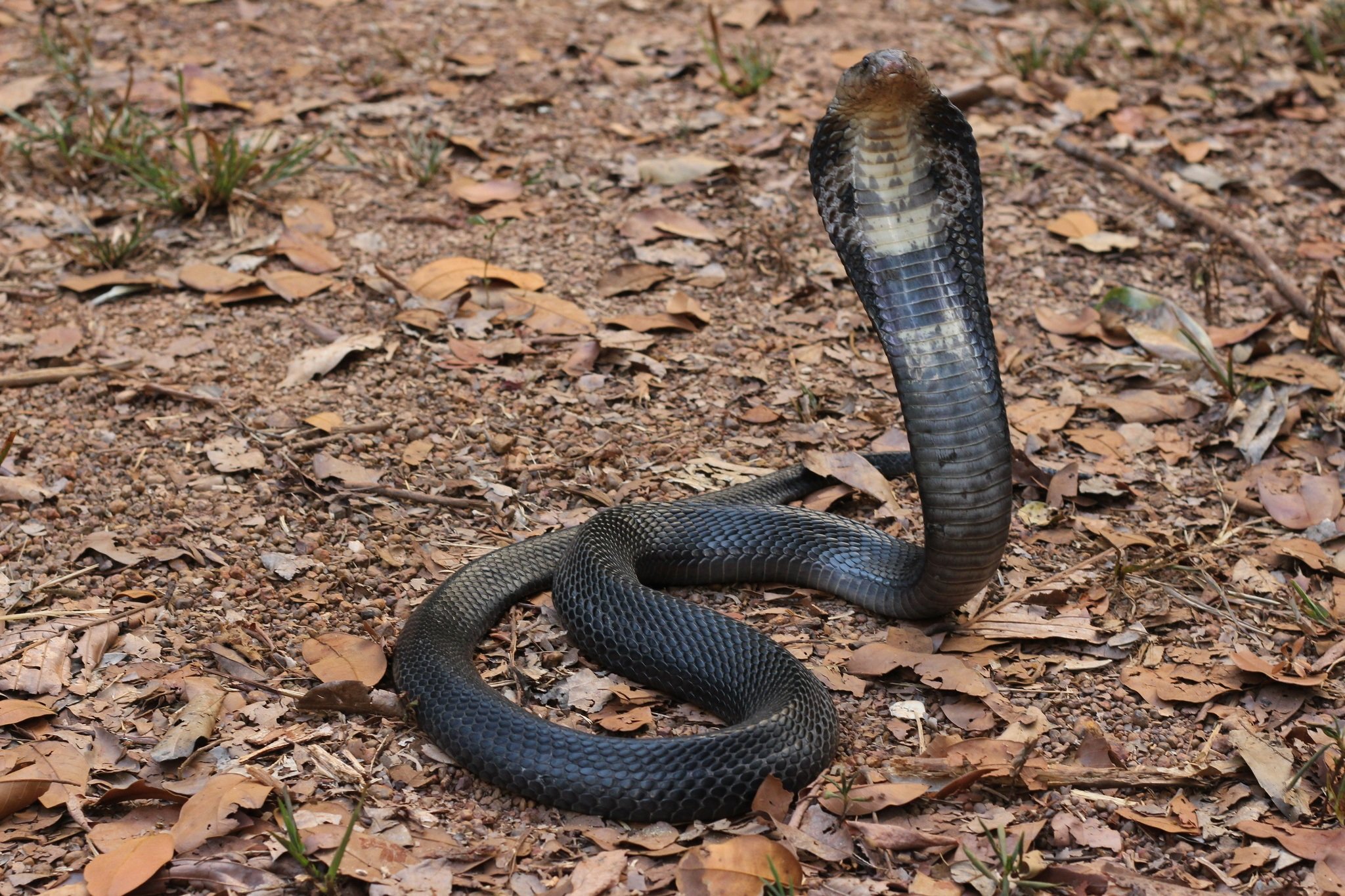
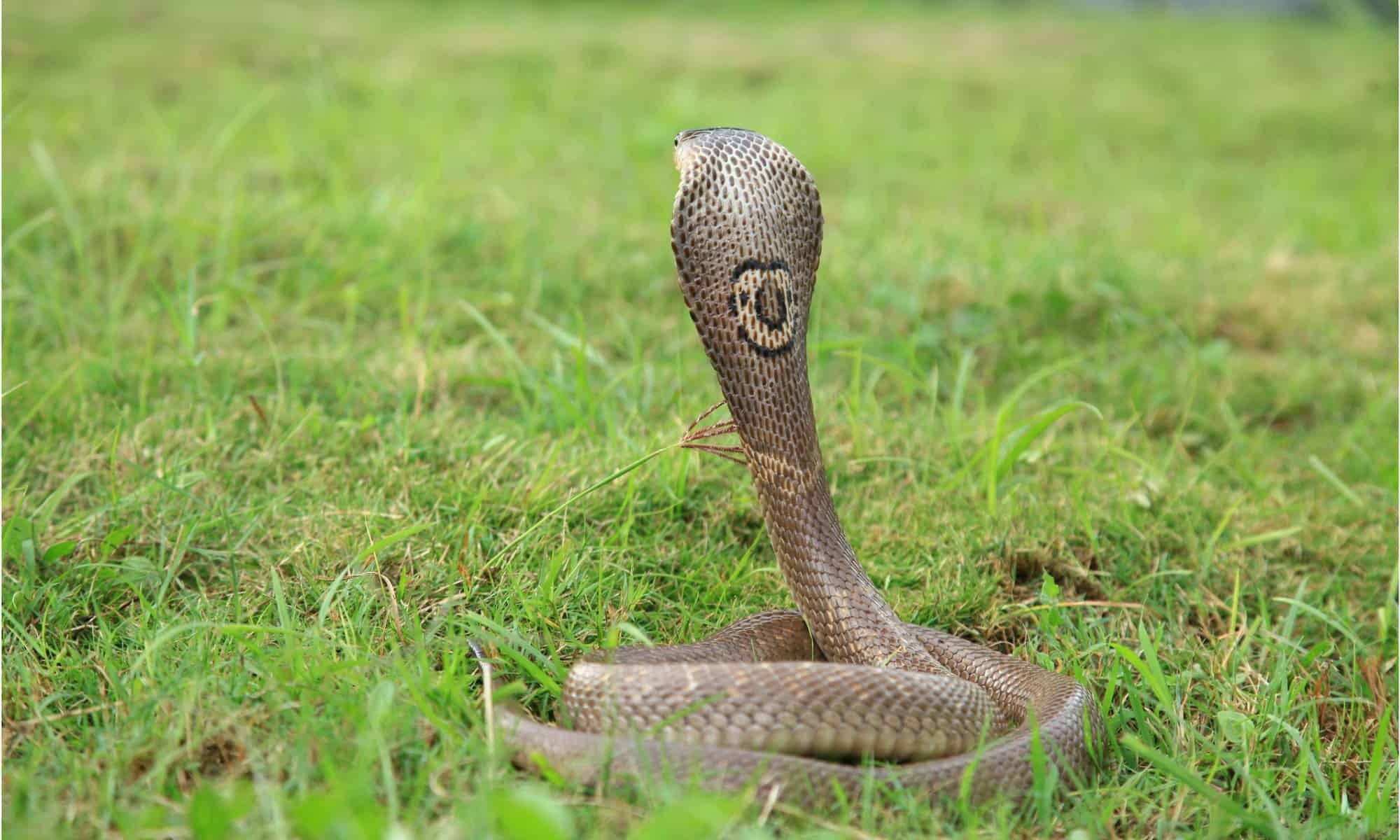
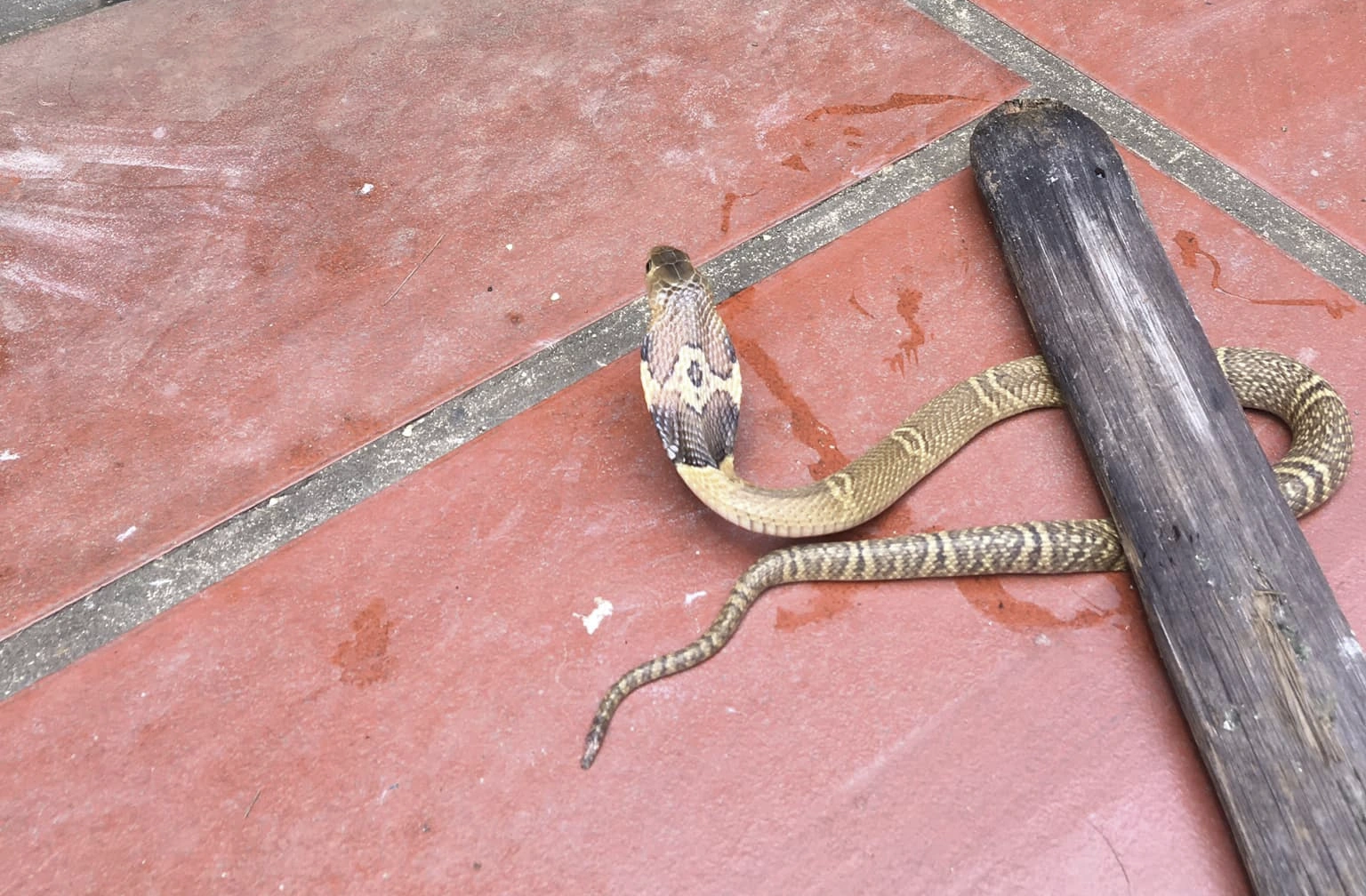
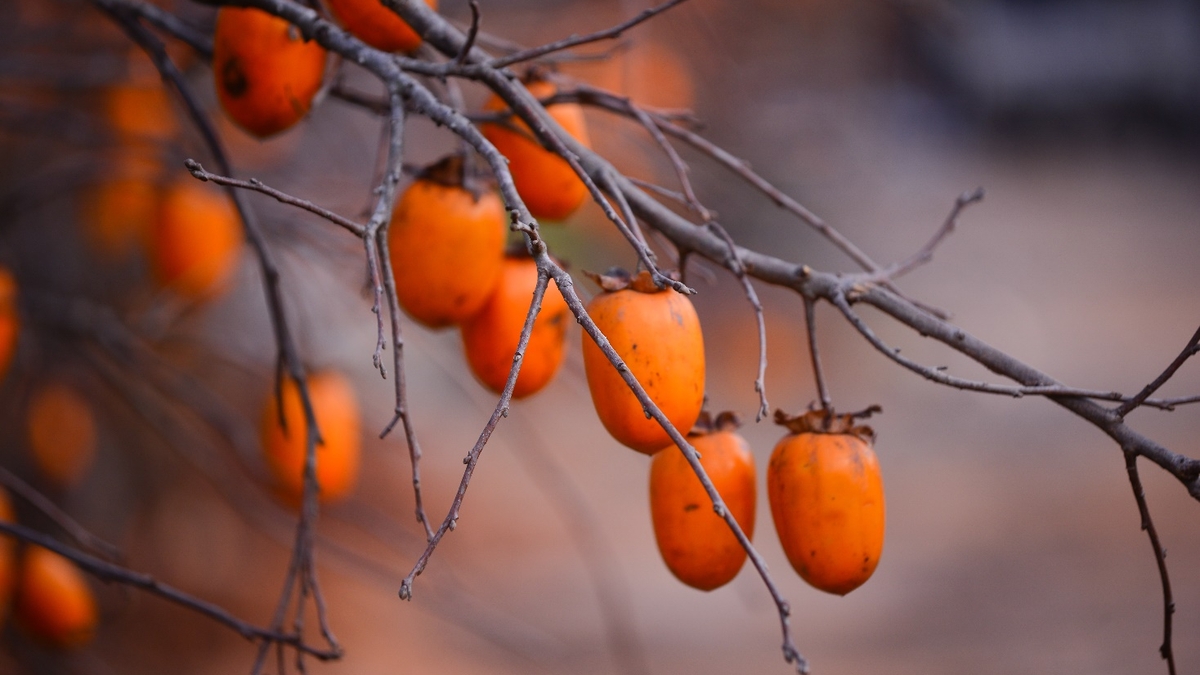

![[Photo] Prime Minister Pham Minh Chinh chairs the second meeting of the Steering Committee on private economic development.](https://vphoto.vietnam.vn/thumb/1200x675/vietnam/resource/IMAGE/2025/11/01/1762006716873_dsc-9145-jpg.webp)





















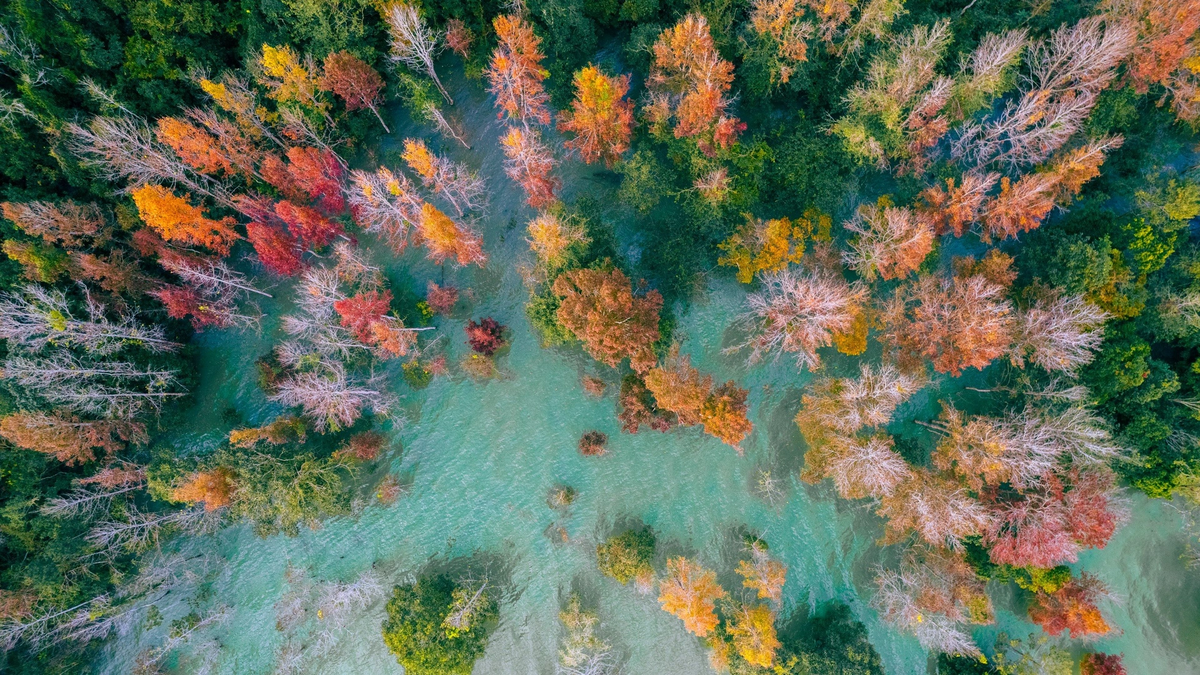






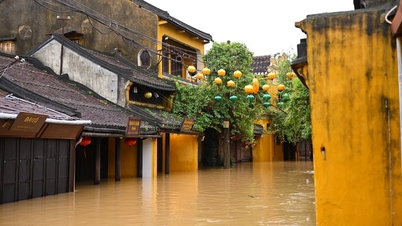








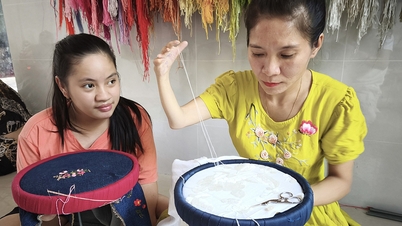




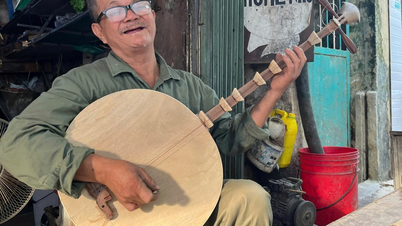






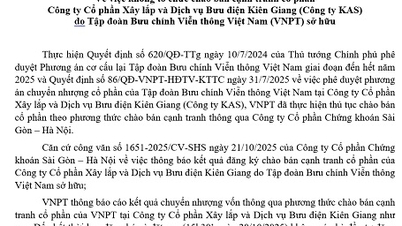





























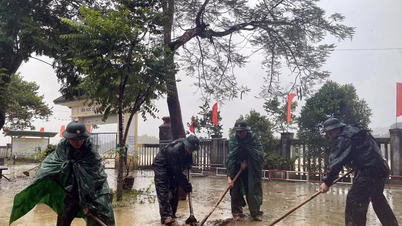


















Comment (0)